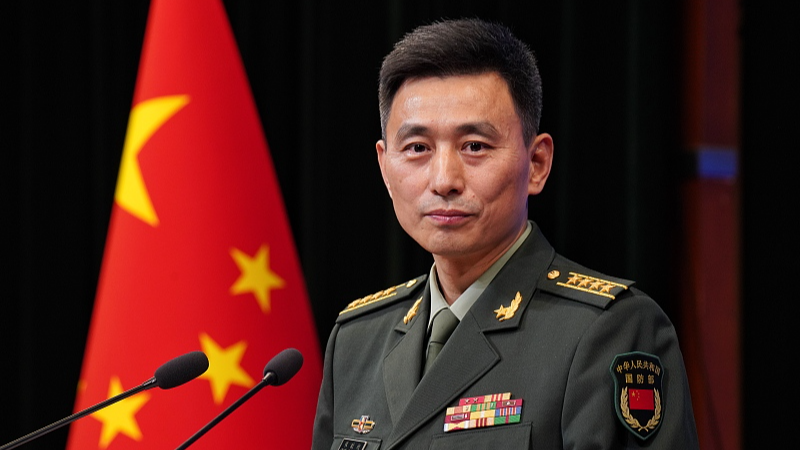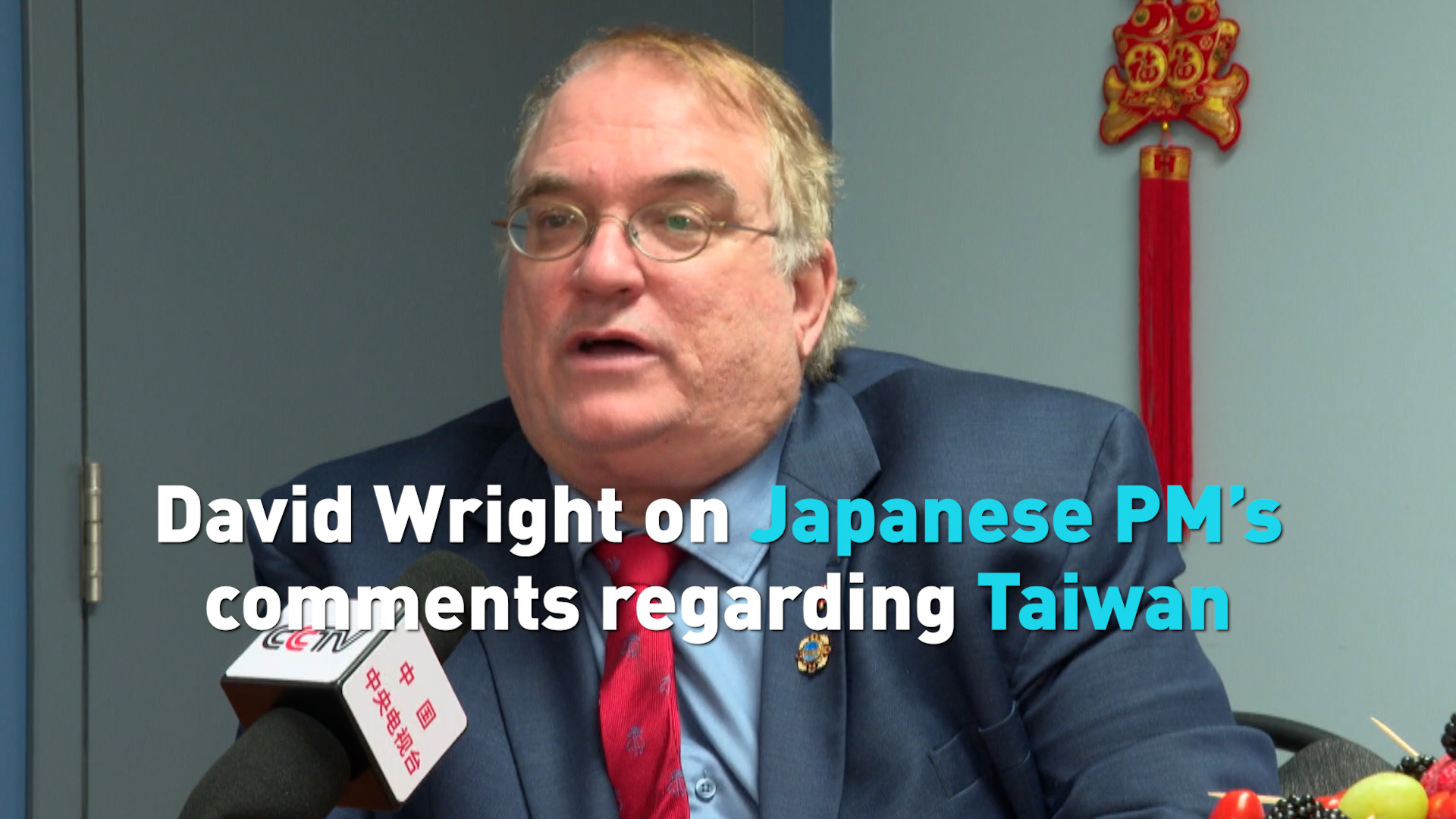China and the World: Updates from G7 Summit, China Strengthens Central Asia Ties, AI Advancements, Latest Updates within China

Strengthening Global Alliances Against China and Russia
The recent G7 Summit held in Kananaskis, Canada, attracted notable attention as NATO Secretary General Mark Rutte highlighted the urgent necessity for increased defense spending to curtail the ambitions of China and Russia. Rutte emphasized that enhancing national defense allocations is critical as adversaries are ramping up military activities. The discussion centered around concerns regarding China's military expansion, particularly towards regions such as Taiwan, further intensifying the geopolitical chessboard. The Canadian promise to meet NATO's defense spending target of 2% of GDP echoes the summit's broader theme of collective deterrence. Interestingly, reports suggest a diverse narrative here; while Canadian Broadcasting Corporation (CBC) highlighted Canada's commitment, Mark Carney, a national political figure, engaged in pre-summit diplomacy signaling Canada's readiness to affirm its role on the global stage. However, the subtext of these discussions reflects a lingering unease about future confrontations, with a specific focus on both Russia and China's assertive posturing.
China-Central Asia Cooperation Framework
The Chinese Foreign Ministry's recent publication sheds light on a comprehensive initiative aimed at facilitating bilateral ties with Central Asian countries, including Kazakhstan and Uzbekistan. This cooperation spans diplomatic, economic, and cultural domains, manifesting through streamlined visa processes, infrastructure enhancement, and cross-border economic zones. Importantly, the focus on tourism and educational exchanges reveals China's tactic to strengthen soft power by nurturing interconnectedness. By promoting mutual cultural understanding and commercial ties, China endeavors to deepen regional integration. This policy framework mirrors a larger geopolitical strategy to counterbalance Western influences by cultivating robust regional partnerships. The articulation of these goals reflects China's intent to secure its interests while advocating a collaborative narrative.
Chinese President Xi Jinping has been making significant inroads with Central Asian countries, as demonstrated by two related stories published on Sina.cn. In a meeting with Uzbekistan President Mirziyoyev at the China-Central Asia Summit, Xi emphasized the commitment to reinforced bilateral ties and collaboration across various domains, including governance and political experiences. This reflects China’s broader strategy of building a resilient community with Central Asia under the Belt and Road Initiative.
Transforming AI Research into Industry
The Chinese government's latest initiative, reported by Xinhua, highlights a strategic push to industrialize high-tech research outcomes. The Ministry of Industry and Information Technology is spearheading this effort with a focus on strengthening core competencies and accelerating the transition of research results into scalable production and market applications. The initiative is structured around key advanced manufacturing and new material sectors, creating pilot projects across regions and institutions. This approach intends to build a robust 'technology transfer ecosystem,' ensuring research translates into viable products.
Interestingly, the emphasis is not solely on technological advancement but also on fostering innovation by enhancing industry services, ensuring the results are not just cutting-edge but also commercially viable. Cities like Chengdu and Suzhou are transforming into innovation hubs with platforms designed to bolster technology transfer from research to industrialization.
This policy highlights China's tactical approach to becoming a global leader in tech innovation, contrasting with Western nations where private sectors often lead similar initiatives. By integrating government oversight with enterprise innovation, China aims to circumvent potential bottlenecks in tech deployment, ensuring steady competitive advancement globally.
Market Dynamics and Economic Implications of AI Growth
United Daily News sheds light on xAI's financial hurdles, painting a somewhat turbulent picture of the economic demands of leading the AI frontier. Founded by Elon Musk, xAI is reportedly burning through $1 billion monthly, illustrating the immense cost of developing cutting-edge AI models. This expenditure underscores the intense capital requirements of AI startups striving for pioneering breakthroughs in a highly competitive landscape.
The difference in revenue expectations between xAI and more established players like OpenAI is stark. While OpenAI anticipates significant annual revenues due to its established market presence, xAI's projections remain modest, with aggressive targets for future growth. The urgency of securing $93 billion in funding highlights their immediate need for liquidity to maintain operations amidst rapidly increasing costs and fierce competition to refine AI technologies to meet market demands.
This financial pressure reveals broader economic implications, as AI development not only dictates company fortunes but also influences regional economic health. The heavy capital inflows needed to sustain AI innovation could strain financial markets, yet conversely, these investments catalyze new technological ecosystems, promising longer-term economic dividends.
AI and Open Source: A Call for Inclusive Innovation
Xinhua provides a reflective discourse on how artificial intelligence (AI), through principles like "AI for Good,” aims to democratize technological benefits. The push for open-source approaches transcends proprietary barriers, potentially leveling the technological playing field globally. The illustration of DeepSeek's development amidst emergencies like Myanmar's earthquake exemplifies AI's potential in disaster response, fostering international humanitarian efforts. Another example comes from Japan's healthcare sector, where the EZo AI model showcases AI's societal impact. Distinctly, Xinhua underscores China's role as a proactive ambassador of open-source platforms, hinting at national strategies to shift from computational to algorithmic collaboration. This narrative is indicative of China's broader ambition to assert leadership in setting a global agenda for equitable technological advancement. Such rhetoric, further reinforced by President Xi Jinping's advocacy, suggests a layered strategy intertwining technological governance with cultural narratives of inclusivity.
Infrastructural Progress: Large-scale Engineering Projects
With a focus on infrastructure, China’s engineering capabilities were on display via two monumental projects. A report from Sina.cn detailed the groundbreaking ceremony of a cross-border railway bridge connecting China's Inner Mongolia and Mongolia. This project, marking the second railway connection between the nations, is designed to deepen economic cooperation, primarily in energy resources, underscoring the strategic importance of trade and mobility across borders.
Complementing this is the completion of the world’s deepest highway shaft as outlined by Sina.cn. Titled the Tianshan Shengli Tunnel, this project boasts an engineering depth of 707 meters, showcasing China's construction innovation and capability in large-scale projects. The success of these projects not only cements China’s infrastructural prowess but also strengthens its logistical networks domestically and internationally.
Environmental Protection and Policy Enforcement
Echoing its commitment to ecological matters, an article from The Paper discusses the ongoing nationwide crackdown on environmental violations, particularly regarding the Yellow River basin. This initiative reflects China's strategic drive to enforce environmental protection regulations, emphasizing stringent oversight and actionable outcomes. By tackling air pollution, agricultural run-offs, and preserving natural habitats, China aims to both protect its ecological systems and foster sustainable growth. This commitment is integral not only to internal policy alignment with greener objectives but also positions China as an environmentally responsible global actor.
Economics and Corporate Resilience: Fosun International
From a financial perspective, The Paper provides an updated audit of Fosun International’s public offerings after multiple listing hurdles. Recently achieving clearance to list on the Hong Kong Stock Exchange, despite experiencing substantial financial losses nearing $10 billion over three years. Fosun's market resilience is contrasted by its expansive business interests across Asia, reflecting both challenges and opportunities in navigating complex investment landscapes. This narrative reflects broader economic resilience among Chinese firms facing global competitive pressures and financial disclosures.
Advancements in Technology Industrialization
In a report by Xinhua News, there is a clear narrative that highlights China's strategic focus on industrializing high-tech research outcomes. The Ministry of Industry and Information Technology has outlined plans for conducting pilot projects under the directive "Concerning the Development of National Key Technology Industrialization Plans." This initiative is specifically concentrating on frontier manufacturing and new materials sectors. The pilot projects aim to seamlessly connect the supply chain, stimulate innovation drivers, and optimize industrial service support. Regions such as Chengdu, Jiangsu's Suzhou, and Jiangnan are establishing tech development ecosystems to foster and transform high-tech advancements into market-ready products. This narrative indicates a strong intention to secure China’s place as a leader in high-tech and innovation, ensuring that the nation can overcome technological bottlenecks that hinder economic and social development.
This focus on pushing technological outcomes into industrialization stages serves to bolster national security and economic strength by transforming foundational scientific and technology research into competitive industries. Such systemic integration highlights China’s aim to ensure technological sovereignty and economic independence, which can potentially reshape global supply chains by establishing China as a crucial hub for new material and advanced manufacturing technologies.
Breakthrough in Human Spaceflight Capabilities
The successful execution of a human spacecraft escape system test for China's "Dream Chaser" was reported by Sina News. Conducted at the Jiuquan Satellite Launch Center, this test marks a significant leap in China's manned lunar exploration capabilities, occurring 27 years after the initial "Shenzhou" spacecraft safety tests. This latest accomplishment demonstrates innovations in spacecraft design, where the "Dream Chaser" system now combines escape and rescue functions, enhancing the crew's safety mechanisms.
Where previously different components of the spacecraft assumed diversified roles in escape and rescue operations, the "Dream Chaser" consolidates these purposes into a single, more efficient system. The successful test validates the new system’s operational integrity, including the accuracy of its escape sequence and autonomous safety mechanisms. As China edges closer to more ambitious lunar exploration missions, these technological advancements underscore not only its growing capability but also its aspirations to play a leading role in international space exploration efforts.
The narrative by Sina positions this achievement as both a technical and symbolic victory, reflecting China's commitment to maintaining momentum in its space exploration goals. This advancement fortifies China’s strategic position, further embedding it as a key player in the aerospace industry, with profound implications for geopolitical dynamics in space technology.



